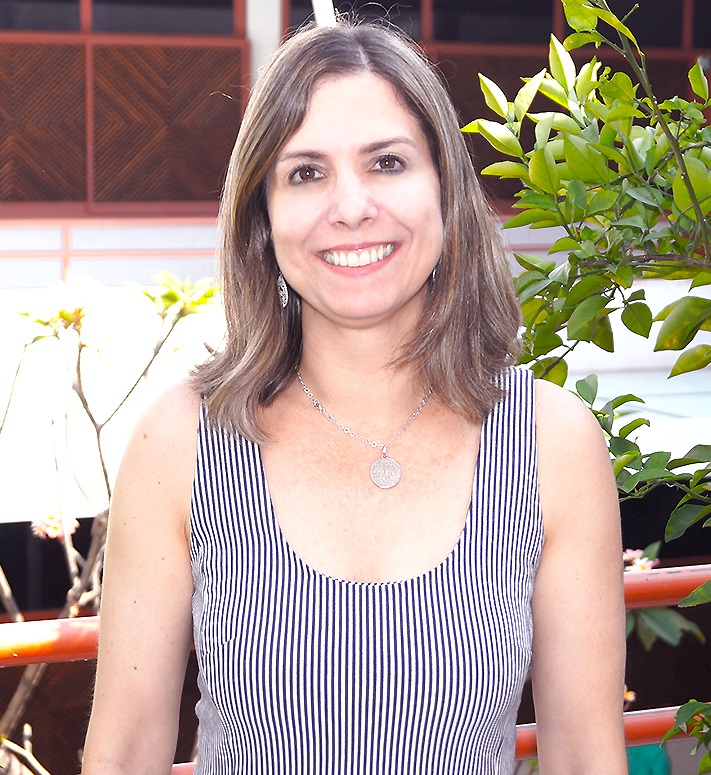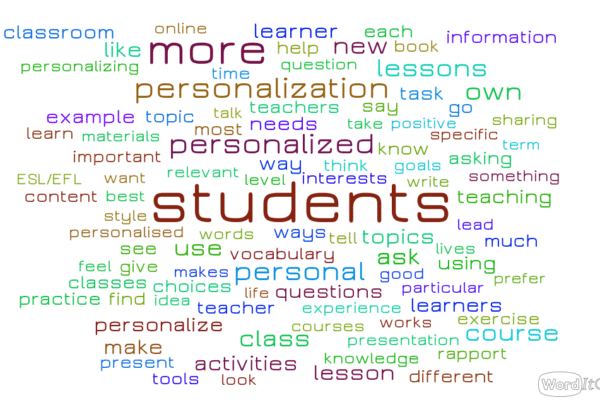Who do you teach?
ELT teachers are used to dealing with different students in the classroom. The literature on dealing with mixed-ability/mixed-level/mixed-age groups is not slim, with numerous articles on the matter having been published. Guaranteeing even participation of learners, however, is an constant challenge. Here are three ideas I try to bear in mind in the lessons I teach:
Make (more) room for pair work
Especially after the Communicative Approach became ubiquitous, the image of students working in small groups has become more and more frequent in language lessons all over the world. Much of the student-student interaction I see in lessons, however, is still restricted to answer-checking moments, information-gap exercises and find-someone-who activities.
Nothing against those practices, mind you, quite the opposite! I just feel many teachers still seem to be reluctant to share control with students in vital moments of the lesson, such as noticing, analysis of the target language and feedback. We seem to be so determined to ensure that students understand and become better able to use the language we are teaching that we may end up doing all the teaching rather than allowing students to do all the learning.
Providing the target language in a context (a text, a recording or a video) and allowing students to analyse it rather than spoon-feeding the vocabulary or grammar can make the learning experience more memorable, as students will be cognitively engaged rather than simply listening to the teachers’ explanation.
Don’t just throw questions to the void
We do have to ask students a number of questions with a range of purposes (e.g. “What’s the answer to letter b?” “What words in the sentence tells us that he’s talking about the past?” “What did you do last weekend?”), but who are we asking these questions to? Do questions posed to everyone (but nobody, really!) reflect the type of communication we have in our “real lives”? I have to confess, though, that I’m really amused by the idea of someone saying over dinner: “Ok guys…guys…everyone! Have you all tried your dishes? Good! So tell me: what do you think?”
Treating students like an amorphous mass is not uncommon. After all, if we just pose the questions, someone is bound to answer. We even practice resisting the urge to break the silence and patiently waiting for someone to finally say what we expect to hear, don’t we? Chances are, however, the same four students in your group of 12 will provide you with all the answers, and you’re likely to be misled into believing that everyone participated.
Some of the most successful teachers I observed turn every moment in the lesson a moment of genuine communication, asking a specific student what answer they gave to exercise 2 and then asking another if they share the same opinion as naturally as they would ask friends in a restaurant if they like their steak and fish.
Don’t ignore those students
Let’s be honest! I’ve done it, you’ve done it, everyone’s done it! We all have chosen to ignore the fact that a student was doodling or texting rather than paying attention to the task. More than that, we all have in one point or another allowed the “disruptive” students sitting at the back to talk about the football match quietly so they wouldn’t disturb those students who “actually want to learn”.
The way I see it, it is the lesson that has to suit the learners’ need, not the learner who has to adapt to the lesson the teacher wants to teach. Maybe we won’t be able to reach all of our learners in all of our lessons, but it is our moral duty, as educators, to never give up.






